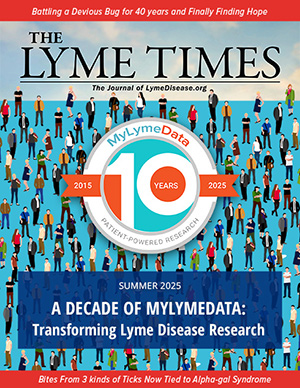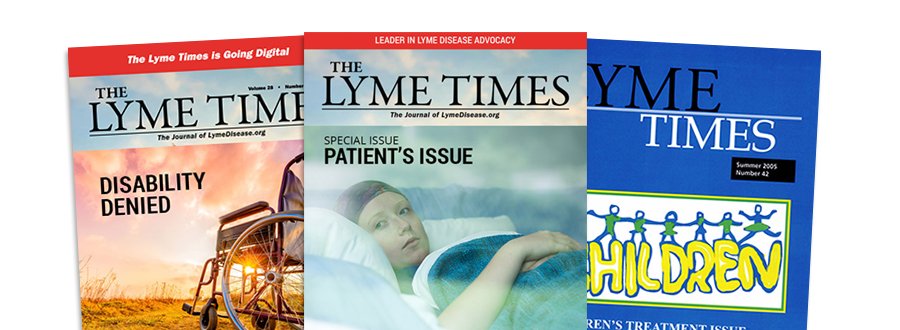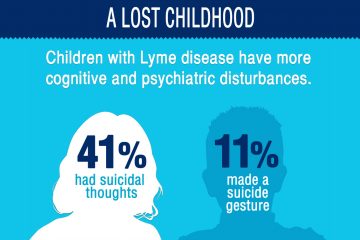ILADS Lyme Disease Treatment Guidelines ILADS Lyme disease treatment guidelines recognizes the importance of shared medical decision-making between a patient and their physician.
M edically recognized standards of care are those accepted by medical experts as appropriate treatments for a disease or condition. Typically these are published in a peer-reviewed journal and recognized by a professional medical society.
In Lyme disease, there are conflicting treatment guidelines and standards of care. One is advanced by the Infectious Diseases Society of America (IDSA) and the other by the International Lyme and Associated Diseases Society (ILADS).
The quality of treatment guidelines in all medicine has been uneven historically, with many reflecting no more than the pre-existing biases of those on the panel. To increase the quality and trustworthiness of guidelines, in 2010 the Institute of Medicine (IOM) adopted standards that include the use of a rigorous evidence assessment scheme called GRADE, patient representation in the guideline development process, and regular updating of guidelines. The National Guidelines Clearinghouse (NGC), which evaluates and lists evidence based guidelines now requires that guidelines listed be based on GRADE.
ILADS defers to clinical judgment and patient preferences while the IDSA makes strong recommendations against treatment and restricts the application of clinical judgment
….. Join or login below to continue reading.




























